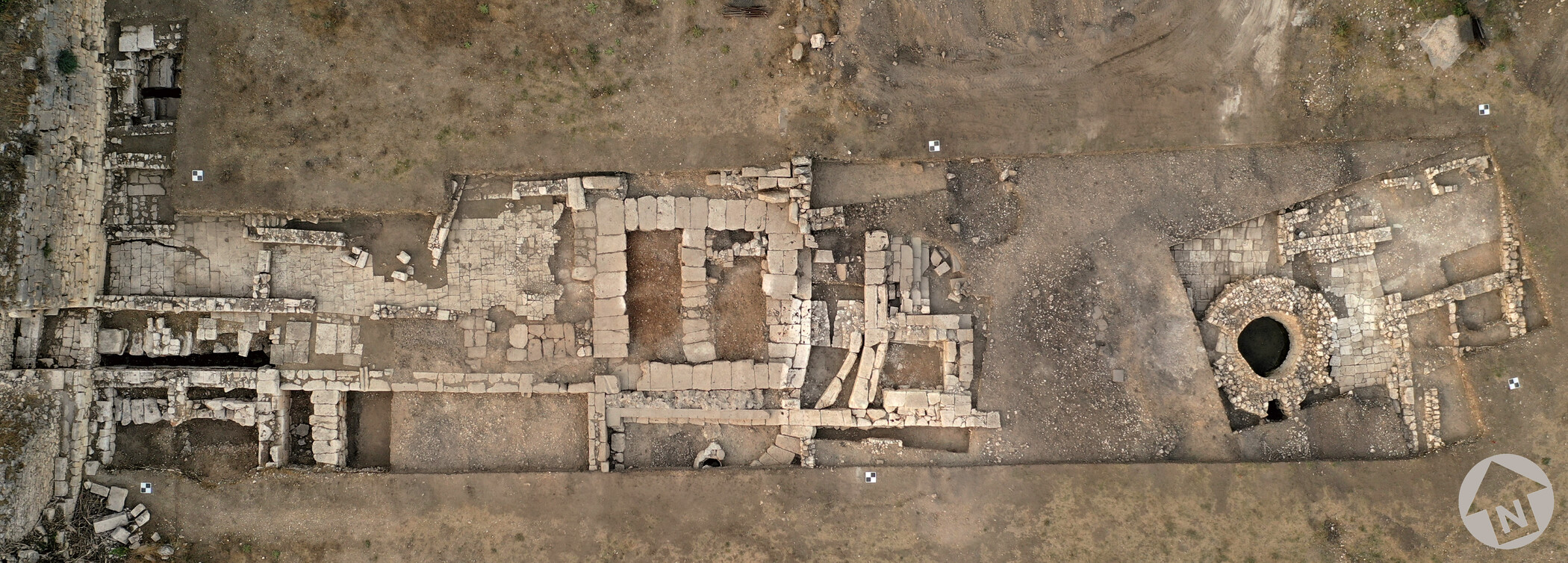Pottery and Transformation in Roman and Byzantine Limyra
Information derived from ancient pottery is often used for social, economic, and cultural interpretation, and for good reasons. Yet, too often the groundwork of typological and chronological classification and provenance identification is lacking. This project wishes to contribute by documenting and understanding ceramic assemblages in Limyra between the third and seventh/eighth centuries AD.
The City of Limyra
Limyra’s remains are situated on the lower slopes of and the plain south of Tocak Dağı, in southeast Lycia (southwest modern Turkey). It boasted an urban-monumental character from the Classical to Early Byzantine periods, little of which is visible today, except for a few partially preserved monuments and two city walls. Indeed, the Roman city was separated into an Eastern and Western city in the fifth century AD, with architectural and artefactual evidence documenting major Late Roman-Early Byzantine changes. In the Roman Imperial period Limyra acquired the title of metropolis, and was the see of a bishop between the late fourth and late ninth centuries AD.
As many ancient cities, the basis for Limyra’s sustenance and prosperity lies in the symbiosis between an urban centre, a fertile and actively exploited chora, and transport/communication networks. Its harbour Phoinike, located some 5 kilometres to its southwest, was pivotal in facilitating and connecting sea- and land-borne exchange and communication networks: imported goods included agricultural produce (e.g. amphorae) and marble.
Roman and Early Byzantine Pottery in Limyra – the Current Status
The Roman and Early Byzantine pottery that has been published from Limyra concerns snapshots from various excavations mostly in the Western City, as well as synthetic work which focuses on specific periods or ceramic categories. What is still largely lacking is a detailed long-term picture. Therefore, pottery from the latest series of excavations (2016, 2018-2019) allows to create the groundwork for a longue durée picture, spanning the third to seventh/eighth centuries AD. This comprises typological and chronological classification, provenance and technological studies, mapping and comparing the pottery’s local and regional character, and ideas on when and why change occurred in typology and provenance across these centuries within a comparative regional and Eastern Mediterranean framework.
Research Questions and Methodological Components
Three main research questions form the basis of the overall objective. First, when did diachronic changes in the ceramic repertoire occur regarding typology, provenance, and/or proportion? This question touches upon matters such as the nature and reliability of the ceramic and other dating evidence, the quantitative and qualitative dimensions of observed changes, and the degree with which change was contemporaneous between different functional categories. Second, how can this diachronic framework contribute to understanding urban and economic transformations in Limyra’s Western City? This is related to matters regarding the stratigraphic and functional interpretation of architectural remains, the proportional composition of ceramic function and provenance, and the role and extent of intra- and interregional connectivity. Third, how did Limyra express itself via its ceramic repertoire during these centuries? This will be underlined by comparing this repertoire with harbour and inland sites in Lycia and selected sites across the Eastern Mediterranean.
The main methodological instruments that will be employed are: typological, chronological, and functional classification based on the attributes of fabric, shape, and surface treatment; typology and (frequency) seriation, aiming to independently document and analyse the regional cooking wares; quantification (Minimum Number of Individuals, or MNI); and archaeometrical analyses.
Principal investigator
Cooperations
- Banu Yener-Marksteiner
- Erkan Dündar (Akdeniz University, Antalya)
- Muradiye Öztaşkın (Pamukkale University, Denizli)
- Dominique Kassab Tezgör (Bilkent University, Ankara)
- Ertuğ Ergürer (Karamanoğlu Mehmetbey University, Karaman)
- Paul Reynolds (University of Barcelona)
- Jeroen Poblome (University of Leuven)
- John Lund (National Museum of Denmark, Kopenhagen)
- Athanasios Vionis (University of Cyprus, Nicosia)
- Agnès Vokaer (Université Libre de Bruxelles)
- Danai Kafetzaki (Universities of Leuven and Hasselt)
Duration
12/2021–11/2023
Funding
FWF-Project, Lise Meitner Programme M 3170-G


